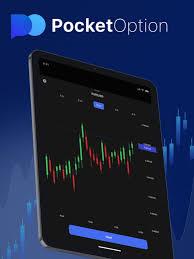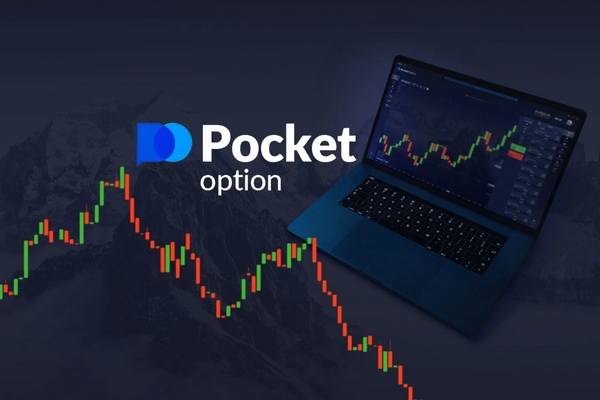
Unlocking Success: The Best Pocket Option Indicators
In the competitive world of online trading, understanding the market and making informed decisions is crucial for success. One of the key tools traders use to navigate the financial markets is technical indicators. Among various trading platforms, Pocket Option stands out, providing a user-friendly interface and an array of features. In this article, we will explore the best pocket option indicators best pocket option indicators that can help you improve your trading strategies and outcomes.
What are Pocket Option Indicators?
Pocket Option indicators are tools used by traders to analyze market trends, price movements, and potential trading signals. These indicators can help traders make sense of past price actions and predict future movements. The effectiveness of trading indicators often depends on how well they are integrated into a trader’s overall strategy.
The Importance of Using Indicators
Indicators play a vital role in trading by providing a visual representation of market conditions. They assist traders in identifying potential entry and exit points, as well as confirming trends. Without indicators, traders would have to rely on instinct and guesswork, which can lead to unfavorable outcomes. Here are some reasons why using indicators is essential:
- Data Analysis: Indicators analyze past data to forecast future price movements.
- Trend Identification: They help identify whether the market is in an uptrend, downtrend, or sideways motion.
- Signal Generation: Indicators generate buy and sell signals, aiding in decision-making.
- Risk Management: They assist in setting stop-loss and take-profit levels.

Types of Indicators on Pocket Option
Pocket Option offers a variety of indicators, each with its unique characteristics and applications. Here are some of the best pocket option indicators you can use:
1. Moving Averages (MA)
Moving Averages are one of the most commonly used indicators in trading. They help smooth out price data over a certain period, making it easier to identify trends. Traders often use the Simple Moving Average (SMA) and the Exponential Moving Average (EMA) as part of their trading strategies. The crossover of different MAs can indicate potential buy or sell signals.
2. Relative Strength Index (RSI)
The RSI is a momentum oscillator that measures the speed and change of price movements. It ranges from 0 to 100 and is typically used to identify overbought or oversold conditions in a market. An RSI above 70 indicates an overbought market, while below 30 indicates an oversold market. This helps traders determine potential reversal points.
3. Bollinger Bands
Bollinger Bands consist of a middle band (SMA) and two outer bands representing standard deviations. This indicator helps traders assess market volatility and potential price reversals. When the price touches the upper band, it may be overbought, while contact with the lower band may indicate oversold conditions.
4. MACD (Moving Average Convergence Divergence)

MACD is a trend-following momentum indicator that shows the relationship between two moving averages of a security’s price. It consists of the MACD line, signal line, and histogram. Traders use MACD to identify potential buy and sell signals, as well as divergence between price and momentum.
5. Stochastic Oscillator
The Stochastic Oscillator compares a security’s closing price to its price range over a specific period. It helps traders identify overbought and oversold conditions and potential reversal points. Readings above 80 indicate overbought conditions, while readings below 20 suggest oversold conditions.
Combining Indicators for Better Results
While using a single indicator can be useful, many experienced traders recommend combining multiple indicators to enhance trading decisions. Each indicator has its strengths and weaknesses; therefore, using them in tandem can provide a more comprehensive view of market conditions. For instance, a trader might use RSI alongside Moving Averages to confirm signals and minimize risk.
Tips for Using Indicators on Pocket Option
To maximize the benefits of indicators on Pocket Option, consider the following tips:
- Choose the Right Indicators: Select indicators that complement your trading style and strategy.
- Test Your Strategies: Use a demo account to test your indicators and strategies without risking real money.
- Stay Informed: Keep up with market trends and news that may impact price movements.
- Practice Risk Management: Always set stop-loss orders to protect your capital.
Conclusion
Utilizing the best pocket option indicators effectively can significantly enhance your trading success. Indicators such as Moving Averages, RSI, Bollinger Bands, MACD, and the Stochastic Oscillator provide valuable insights into market conditions and assist traders in making informed decisions. By combining these tools with sound trading strategies and risk management techniques, you can increase your chances of profitability in the dynamic world of online trading. Embrace the power of technical analysis and elevate your trading game with Pocket Option’s robust set of indicators.

